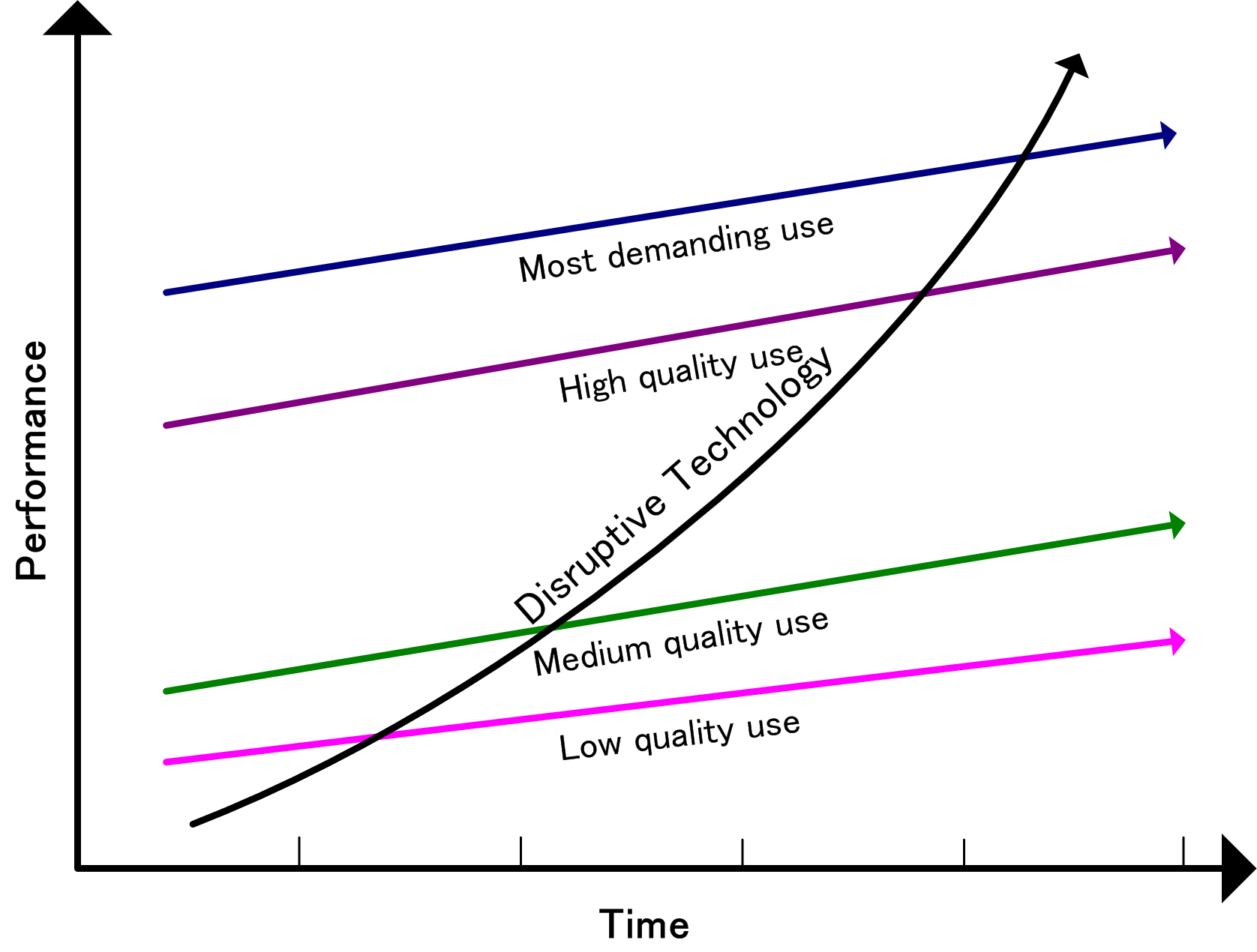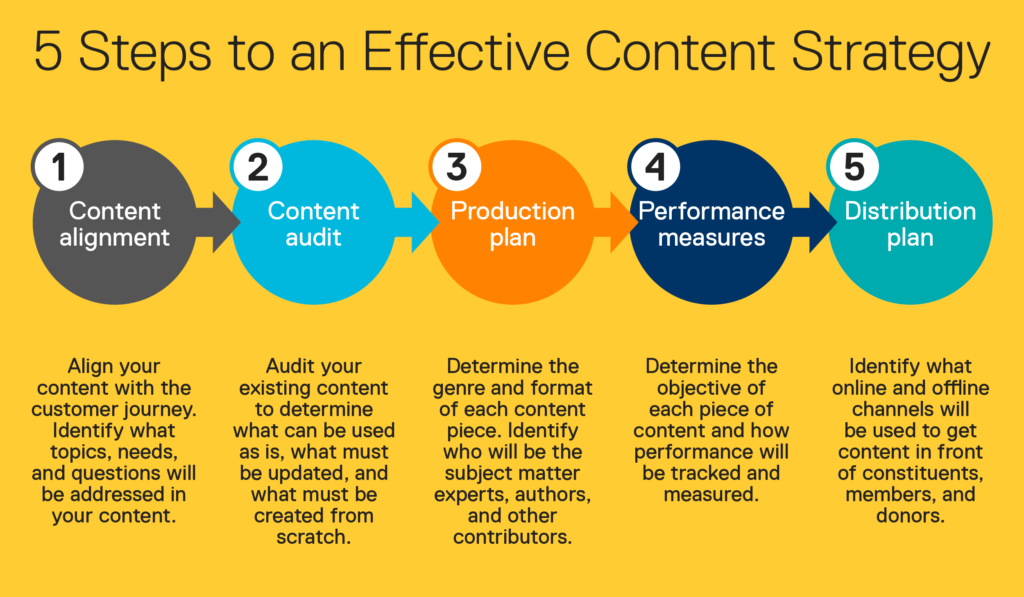Disruptive technology is an innovation that significantly alters the way that consumers, industries, or businesses operate.
A disruptive technology sweeps away the systems or habits it replaces because it has attributes that are recognizably superior
Clayton Christensen1 developed the concept of disruptive innovations, which are technological innovations, products, services, processes, or ideas that disrupt the status quo.
Along with Michael Raynor, Christensen further developed the concept to apply to businesses, where disruptive innovation might actually underperform existing technologies or not satisfy customers in the mainstream market.
In time, however, firms that use disruptive technology satisfy a niche market or fringe customers who value the technology or the product it makes possible.
The technology eventually exceeds the performance of prior products and improves to the extent that it satisfies the mainstream market. Firms that support disruptive technology “displace incumbent firms that supported the prior technology.”
Disruptive Technology and Marketing:
Disruptive technology or innovation is all about change, novelty, and difference. Disruptive innovation creates new products and markets, demonstrating a new value for something consumers didn’t know they needed, wanted, or were missing.
Disruptive technology is not created within an existing framework, but rather identifies new opportunities and changes the conversation around tech and innovation.
Disruption allows smaller organizations without huge resources to compete with and challenge bigger, more established companies.
A disruptive marketing strategy is your opportunity to take the marketing rules you’ve lived by for the last decade and throw them into the trash. It’s about moving past the “tried and true”, and exploring the risky, but new.
Suitable disruptive marketing campaigns can even help you to repair and overhaul your brand reputation – improving company perception and paving the way for bigger and better sales.
For some companies, disruptive marketing is about making the world more accessible. For other organizations exploring disruptive marketing campaigns, the purpose of disruption is all about fighting back against social or economic injustice – like Lush standing up for cosmetics that avoid animal testing.
Perhaps the most compelling feature of any disruptive marketing strategy is the fact that it will always be unique to the brand that creates it. That means that when it’s used correctly, linked with your company voice, and connected to your overriding image, your disruptive marketing plan could be the key to a brand’s differentiation strategy.
After all, while other people might try to duplicate your idea, a truly disruptive brand will create an image that no one else can duplicate.
Since today’s consumer’s prize once-in-a-lifetime experiences above everything else, disruptive marketing offers fast-pass access to brand loyalty for companies who aren’t afraid to do something new. That’s why businesses everywhere are racing to become the next Uber, Amazon, or Airbnb. Disruption breeds buzz.
Disruptive vs sustaining technology
| Disruptive Technology | Sustaining technology |
|---|---|
| Disruptive innovation creates new products and new markets and demonstrates a new value | Sustaining innovation is about development and improvement, working within established markets and with pre-existing products. |
| Disruptive technology is all about shooting for a new audience or persuading existing users that they want something different | Sustaining technology largely comes about as a result of listening to the needs of your current audience |
| Smaller, more agile companies and start-ups however tend to have the advantage when dealing with disruptive technology | Bigger, more established companies tend to be more successful when it comes to sustaining innovation |
| Disruptive technology (although it can take time) can make a huge splash | Sustaining innovation is a more long-term, incremental approach |





